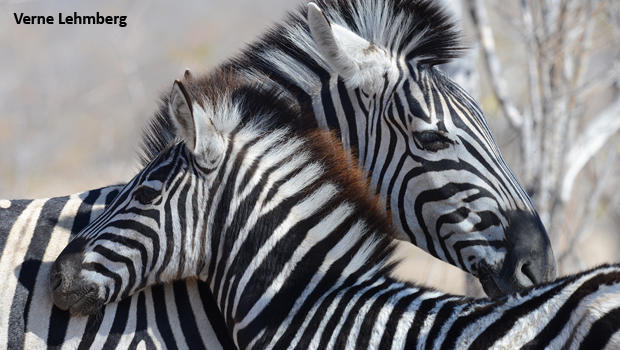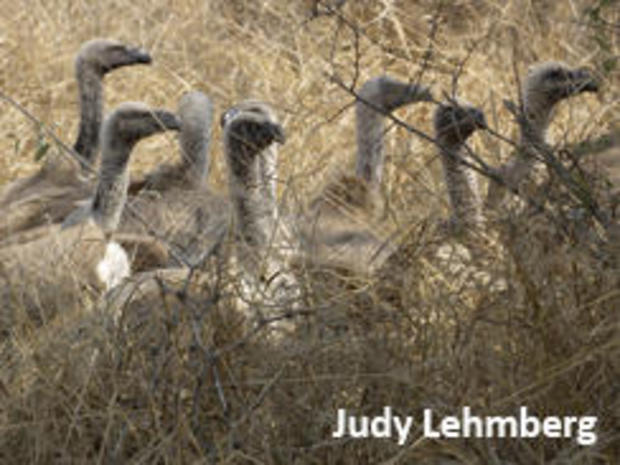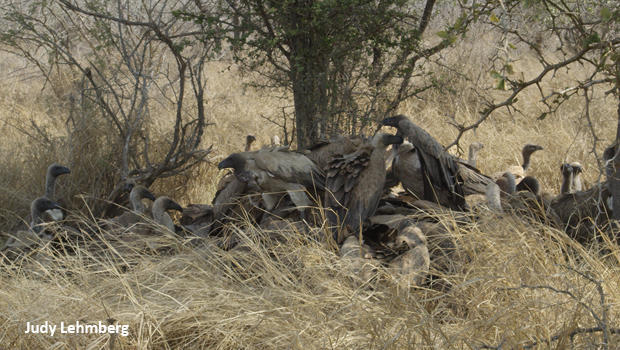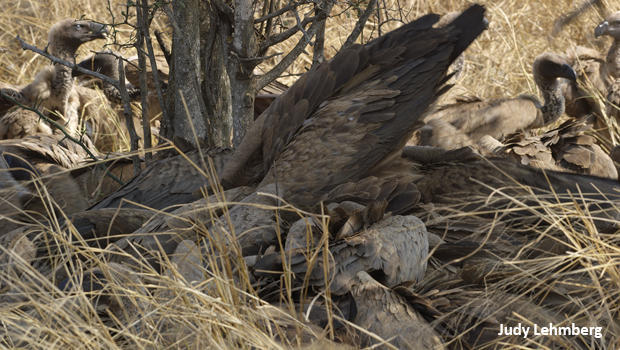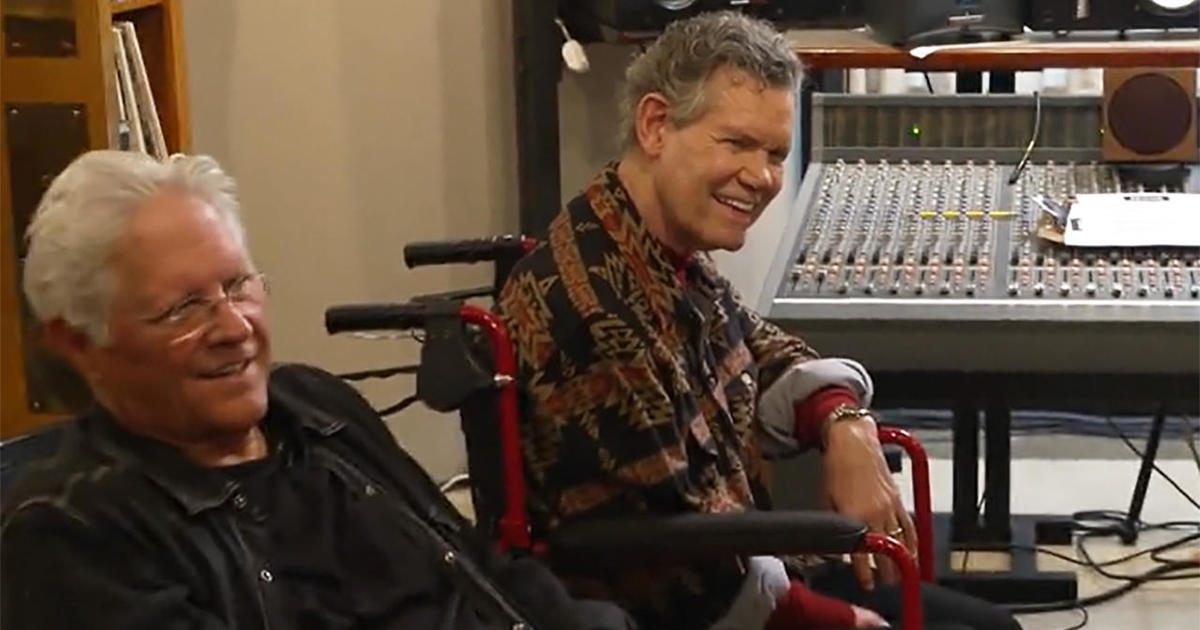Nature up close: Kruger National Park feeding frenzy
Follow along as "Sunday Morning" contributing videographer Judy Lehmberg reports on Week 1 of her two-month trip to Kruger National Park in South Africa and to Kenya's Maasai Mara.
By any standard South Africa's Kruger National Park is big in both size and species diversity. At 7,523 square miles, it is more than twice the size of Yellowstone. It has 517 species of birds and 147 species of large mammals (not including rodents, bats, shrews, etc.), the largest number of medium-to-large mammal species to be found in any African game reserve.
This is our seventh trip to South Africa and to Kruger Park. We have experienced many wonderful things in Kruger, and no day is ever the same. We are up by 5:15 a.m., out of camp by 6:00 a.m. when the gates open, and back by 6:00 p.m., when they close.
The days seem to fly by.
On our third day in the park we had a relatively slow morning and decided to head back to camp for diesel and lunch. It was a hot day, especially when you consider it is supposed to be winter in Kruger now, but winter is a relative term here. It is probably more accurate to refer to it as the dry, not-so-hot season. As we were driving on a really dusty road, seeing the occasional group of zebras (including the mom and colt pictured), we rounded a curve and saw cars, and more importantly a bunch of vultures circling above them. That could mean only one thing: predators – lions, leopards or cheetahs – had made a kill.
We approached the first car and they told us a pair of cheetah brothers had just killed an impala and had begun eating it 15 feet from the road, behind a tree.
Kruger is a wonderful place for predators because it provides so much food for herbivores. There are tall grasses and trees in what is technically a savannah, but a savannah with that also has a lot of bushes. Great for the animals; not so great for photographers! Between the tall grass, the bushes and the other cars, we couldn't see a thing. Fifteen feet from them and they may as well been on the moon.
Then, inexplicably a car in semi-prime viewing territory left and we got their place. Now we could see the very tip-tops of two cheetah heads through the grass as they ate and occasionally quarreled over the impala. Finally we were able to move a little, and our view improved. We realized they were obviously making short work of what only minutes earlier had been a beautiful male impala.
What luck! We were in cheetah heaven. It was hot, dry and the middle of the day, usually a combination that guarantees nothing exciting will happen. But something very exciting was happening. I was closer to wild cheetahs than I had ever been and could watch them as they tore that impala apart, sometimes chirping at each other, but usually growling.
As the cheetahs ate, the vultures' numbers increased – white-backed, hooded, white-headed, and huge lappet-faced birds circled overhead or perched patiently in trees.
After what seemed like only a few minutes one of the cheetah brothers got up and left. That was the signal the vultures were waiting for.
Within seconds there were 15 vultures standing just behind the bush where the second cheetah brother was still feeding. The vultures acted like they thought he wouldn't stay long, and he didn't.
Suddenly vultures were flying in from every direction, and the impala totally disappeared under a hill of feathers, beaks, flapping wings, and lots of squabbling.
After ten minutes or so, a large lappet-faced vulture took control of the vulture scrum. With wings spread to appear as large as possible and attitude blazing, he took over the entire carcass, intimidating his smaller cousins.
After a few minutes, they couldn't take it anymore and called his bluff. The vulture pile grew again.
After looking at my film footage I know it took the two cheetahs just over twenty minutes to eat their fill of impala. The first vulture landed one hour and five minutes before the last vulture left. So in less than an hour and a half, the impala was reduced to only bones and skin. By the next morning hyaenas had eaten all of the remains and were in the process of returning the impala to the soil from where it came.
See also:
Judy Lehmberg is a former college biology teacher who now shoots nature videos.
For more info:
- Judy Lehmberg (Official site)
- Judy Lehmberg's YouTube Channel
To watch extended "Sunday Morning" Nature videos click here!
